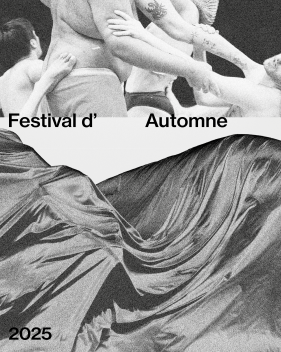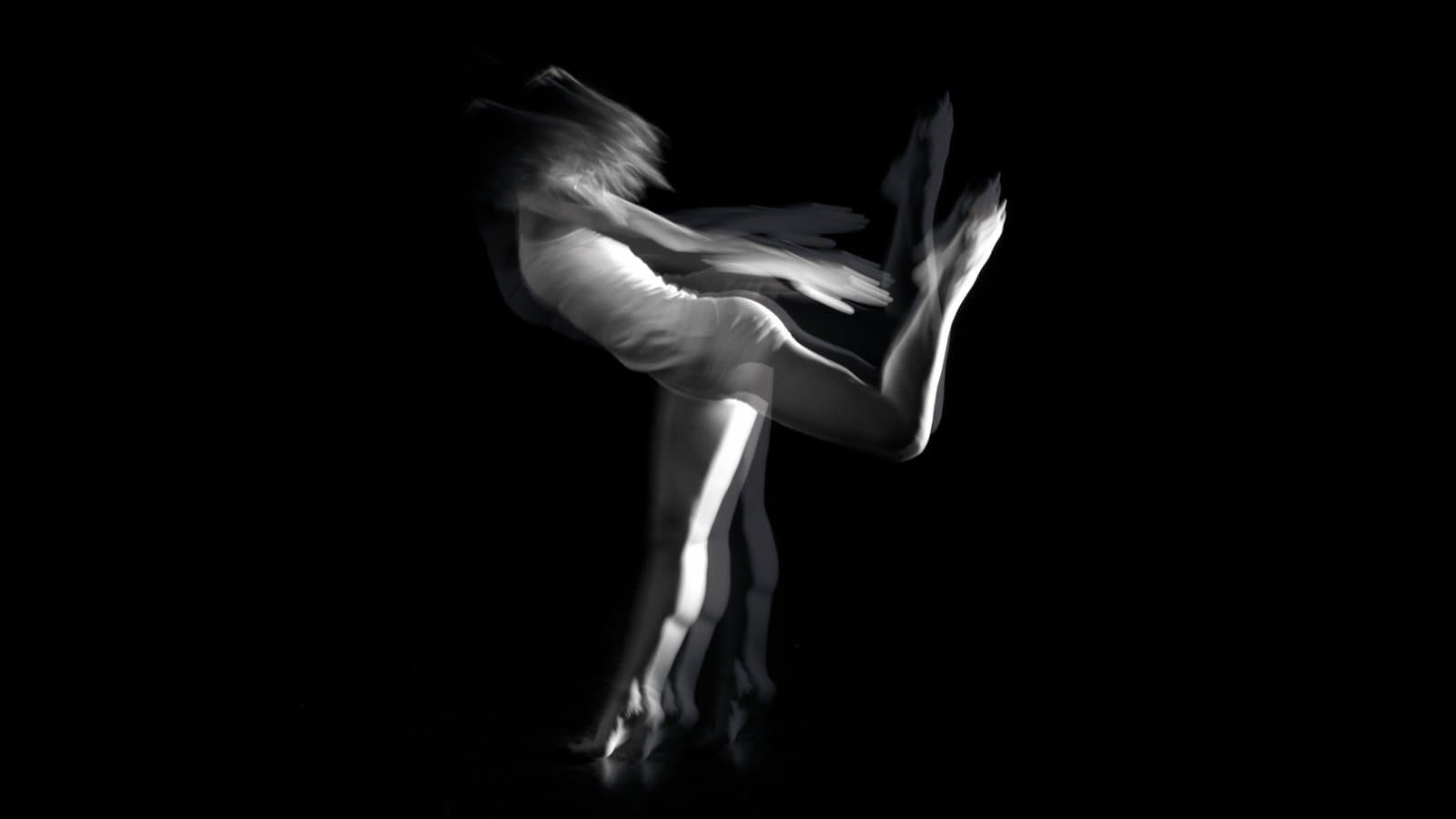VOICE NOISE
Jan Martens

In 2024, Dance Reflections by Van Cleef & Arpels is supporting the Festival d’Automne à Paris for the presentation of VOICE NOISE by Jan Martens.
In this breakthrough piece for Jan Martens, VOICE NOISE brings together six dancers to shape a soundscape comprising some of the great female performers and composers of our time. In his own pop-inspired and precise way, the choreographer questions a very contemporary story, and in doing so raises the question of how some of these voices were silenced.
“Silence is the woman’s cosmos". In her essay, The Gender of Sound (1992), the author Anne Carson uses this affirmation by Sophocles as one of its main axes. She seeks to understand how, “by ideologically associating the sound of women with monstrosity, disorder and death”, patriarchal culture has reduced women to silence. Jan Martens, leading choreographer on the new Flemish scene, tackles this state of affairs, inviting to the stage the voices of unknown or forgotten innovative women from the last one hundred years of music history. Put into movement by six performers, the dance thus becomes the vehicle for these life stories, a human voice at the crossroads between a cry, whisper, song and protest. In VOICE NOISE, Jan Martens turns away from large ensembles, and gets back to basics, namely that of movement in sharing. Together with Sue-Yeon Youn, Elisha Mercelina and Mamadou Wagué, he draws upon lifelong accomplices Steven Michel, Courtney May Robertson and Loeka Willems in this restorative odyssey.



